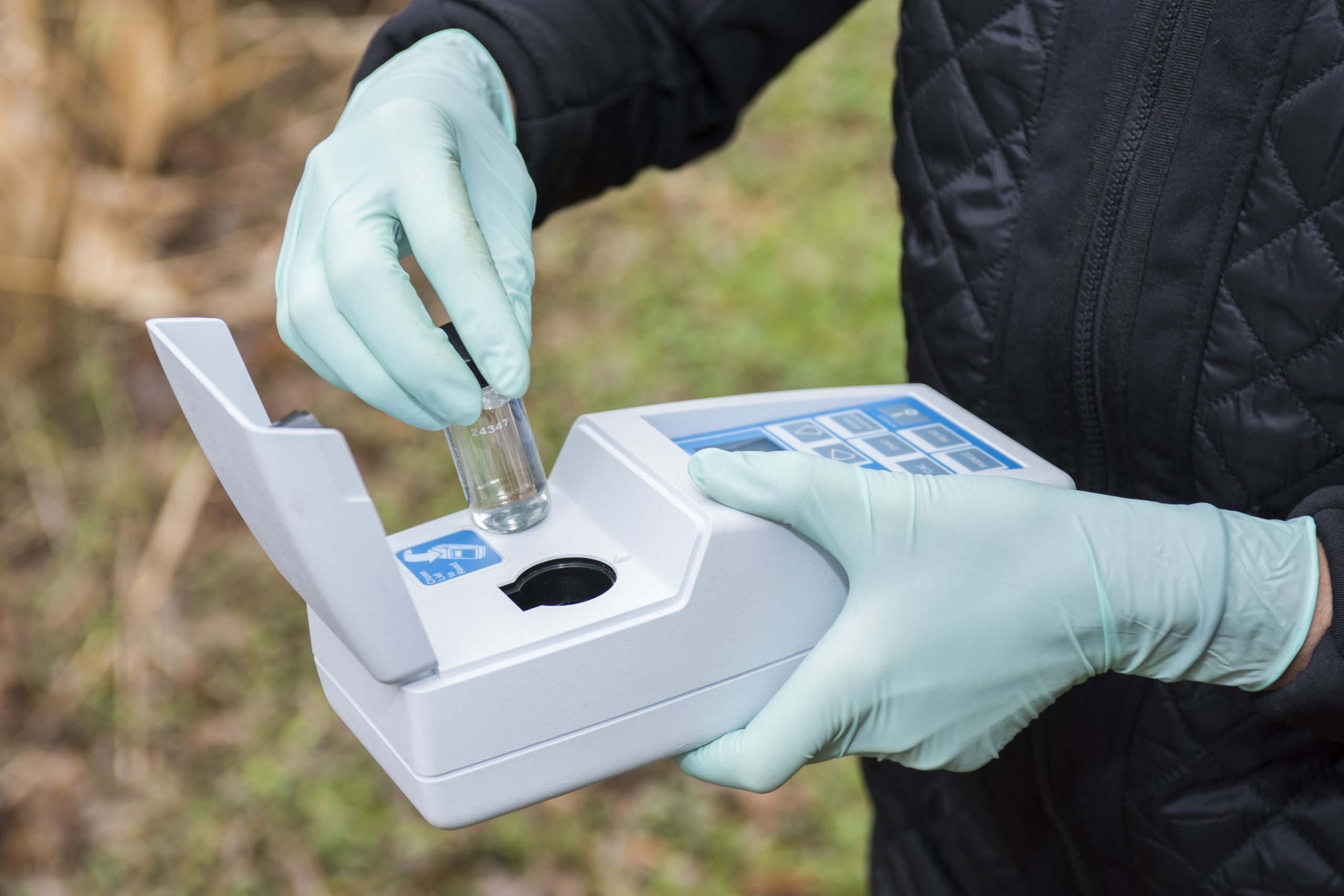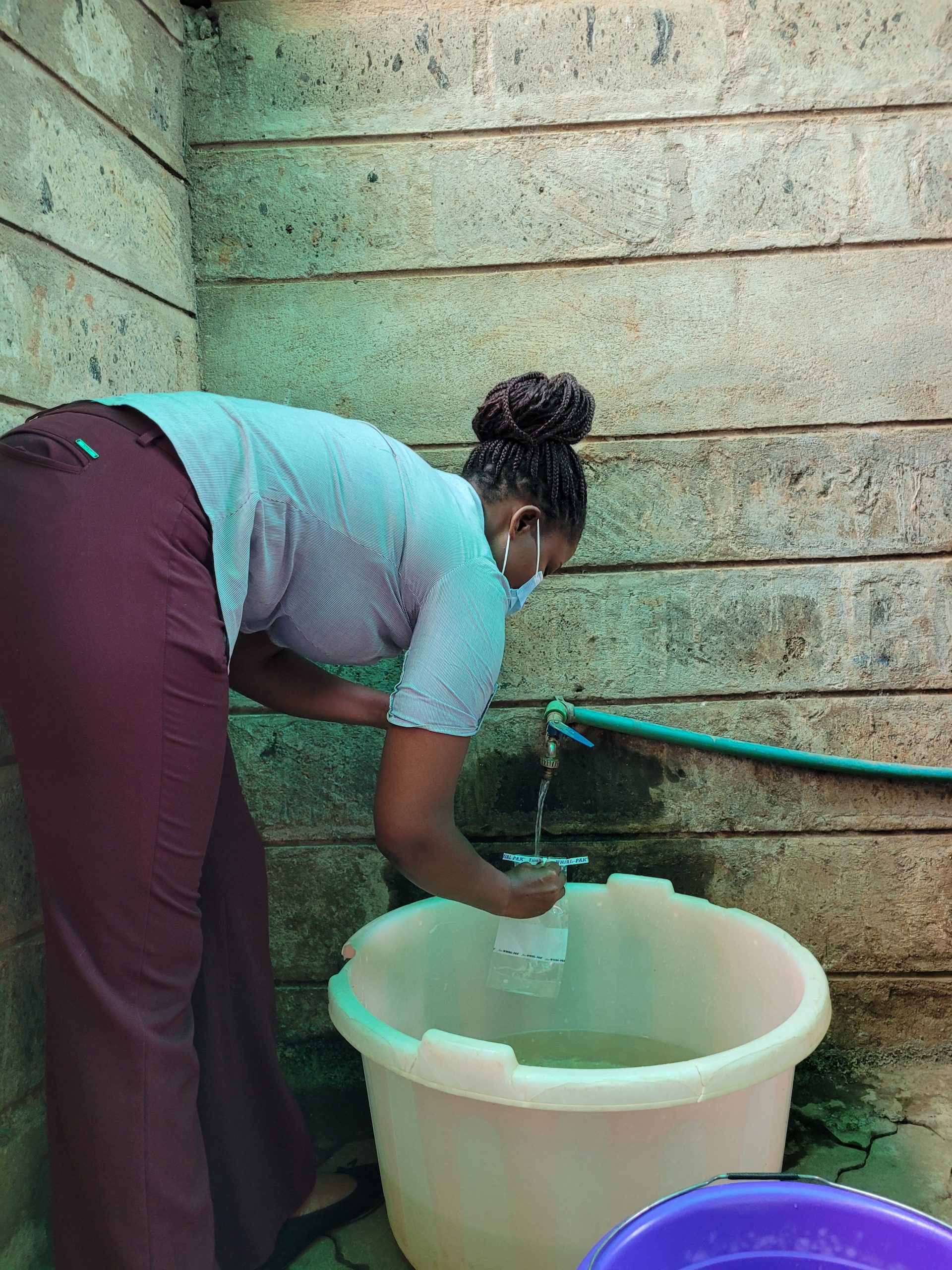What to know
Environmental microbiology and engineering laboratories investigate outdoor and indoor environments for the presence of germs that can cause disease, determine the source of the germs and how they may be transported, and how people and animals can be protected from exposure to the germs.

Mission
CDC's environmental microbiology and engineering laboratories conduct research to better understand infectious germs present in outdoor or indoor environments. Research includes the length of time germs can survive in different environments, and ways to safely kill germs in the environment to protect people and animals from exposure. These laboratories are a resource to respond to outbreak technical assistant requests, support capacity building worldwide, and interpret and analyze environmental data to assess the need for public health action.
Objectives
- Provide technical assistance, approved protocols, and/or training for increasing environmental microbiology and engineering capacity for outbreak responses and other types of environmental investigations.
- Utilize engineering and microbiological tools for evaluating outdoor and indoor environments for the presence and source of germs.
- Conduct research on the detection, movement, die-off, and disinfection mechanisms of germs in the outdoor (e.g., lakes, pools, soil) and indoor environments (e.g., homes, hospitals).

Activities
Readiness
- Develop environmental sampling and testing methods
- Evaluate health risk factors in environmental systems
- Investigate fate, transport, and disinfection of disease-causing germs in the environment
- Measure, model, and evaluate risk of antimicrobial resistance in the environment
- Build outbreak prevention and response capacity for environmental microbiology
- Support agency, community, and facility emergency preparedness

Response
- Site and systems assessment
- Environmental sample collection and concentration
- General water quality testing
- Microbial source tracking to identify contamination source
- Rapid environmental pathogen detection and quantification
- Genetic typing to link clinical cases to environmental exposures
- Gallardo, Vincent, S. Shah, M. Mattioli, and K. Berling. Protocol for Collection of Water Samples for Detection of Pathogens and Biothreat Agents. U.S. Environmental Protection Agency, Washington, DC, EPA/600/R-21/280, 2022.
- CDC. Considerations and Resources for Conducting an On-Farm Environmental Investigation
